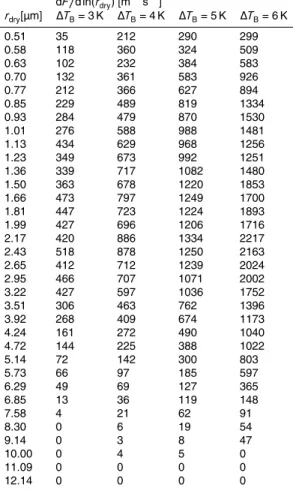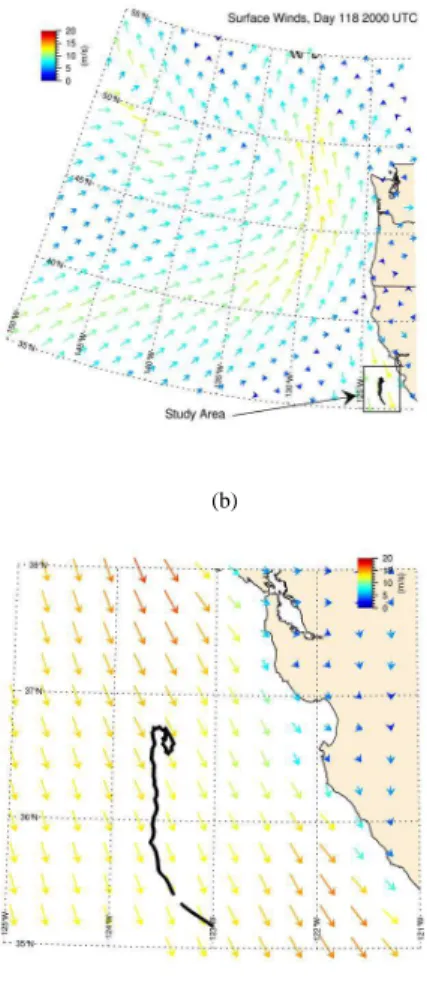On direct passive microwave remote sensing of sea spray aerosol production
Texto
Imagem


Documentos relacionados
The fol- lowing implications to aerosol remote sensing applications were found: (i) surface albedo uncertainties result in large AOD retrieval errors, particularly close to the
Summing up, SAM program holds includes input parameters as sound speed profile, depth of the sea, locations of the source and destination, average wind speed, sea floor
Durante o primeiro semestre de 2013, foi ministrada a disciplina “Tecnologia Aplicada ao Ensino de Matemática” a uma turma de 17 alunos do terceiro semestre do curso de
We identify solar cycle signals in 155 years of global sea level pressure (SLP) and sea surface temperature (SST) data using a multiple linear regression approach.. In SLP we find
Lehahn, Y., Koren, I., Boss, E., Ben-Ami, Y., and Altaratz, O.: Estimating the maritime compo- nent of aerosol optical depth and its dependency on surface wind speed using MODIS
The inluence of cutting speed, feed rate and radial depth of cut on various machinability characteristics such as maximum temperature ( T max ), surface roughness ( R a ) and
regions, the annual variations of the sea surface temperature (SST) are the dominant cycle and depend more on oceanic and air-sea interaction processes than on the
Field data are composed of sea level (SL), sea surface temperature (SST) and air temperature (AT) data, all collected at the meteorological station of the Oceanographic